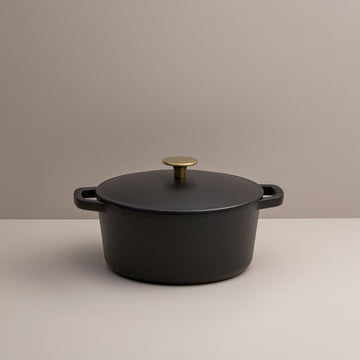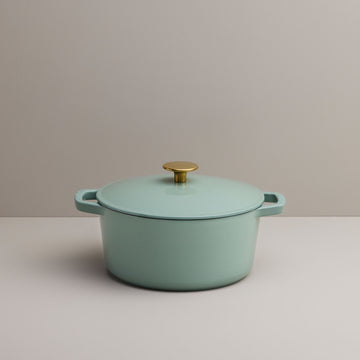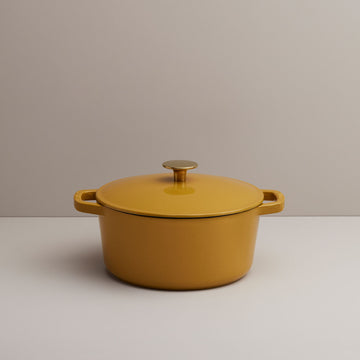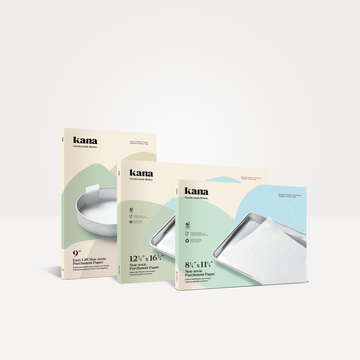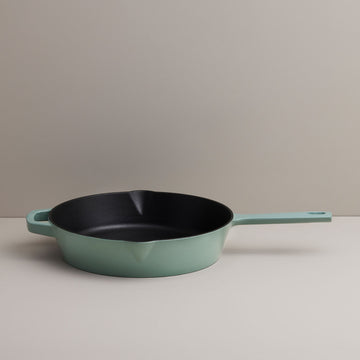Our planet is hardcore. Despite how much humans have given her to deal with over the years, she’s stunningly resilient and powerful.
Still, there are more environmental challenges out there than ever, so it’s important to take note of what’s harmful and how you can rule if out. These are a few of the biggest culprits.

Steering clear of products that have a damaging impact on the environment is one way to help create a greener future.
Single-Use Products
Most disposable products contribute significantly to water and soil pollution via plumbing and landfills. You might assume that plenty of disposables can simply be tossed into the recycle bin as long as they’re plastic or metal, but the reality is a bit more complicated.
Items like plastic bags, plastic utensils, straws, and of course the infamous coffee pods, very often don’t make it through the recycling process or aren’t suitable for it to begin with. This is usually due to either their chemical composition, their physical shape, or both. It’s wise to find out what your local recycling infrastructure can handle. If necessary, seek out specialized recycling resources, especially for plastic bags.
Items like plastic bags, plastic utensils, straws, and of course the infamous coffee pods, very often don’t make it through the recycling process or aren’t suitable for it to begin with. This is usually due to either their chemical composition, their physical shape, or both. It’s wise to find out what your local recycling infrastructure can handle. If necessary, seek out specialized recycling resources, especially for plastic bags.


Single-Use Products
Finally, other products to reconsider include wipes, single-use chopsticks, teabags, and batteries.
So, what to do? Reusable shopping bags, just for starters, are a no-brainer. Seek out biodegradable and reusable utensils. Clean with washable cloths instead of wipes. Ditch the coffee pods altogether, or consider a reusable coffee filter for your Aeropress. If you’re a tea person, go with loose-leaf rather than teabags.
When it comes to batteries, things get tricky. Common household alkaline batteries are much safer to dispose of than rechargeable batteries, but rechargeables help to curb your total waste. Choose your batteries based on what you need them for, and always dispose of them properly.
So, what to do? Reusable shopping bags, just for starters, are a no-brainer. Seek out biodegradable and reusable utensils. Clean with washable cloths instead of wipes. Ditch the coffee pods altogether, or consider a reusable coffee filter for your Aeropress. If you’re a tea person, go with loose-leaf rather than teabags.
When it comes to batteries, things get tricky. Common household alkaline batteries are much safer to dispose of than rechargeable batteries, but rechargeables help to curb your total waste. Choose your batteries based on what you need them for, and always dispose of them properly.
JOIN THE CLUB
Like this story?
You’ll love our newsletter!
You’ll love our newsletter!
Household Chemicals
Phosphates are commonly found in dish and laundry detergents, as well as many other products. Their use contributes to health issues among humans and interferes with oxygen sources for fish and aquatic plants. Not ideal.
Meanwhile, synthetic fragrances in detergents and other chemical products do much more than provoke allergic, irritant, and asthmatic reactions in humans. They contain phthalates and parabens, both of which contribute to air and water pollution. So, also pretty bad.
Pesticides, bleach, and aerosol products are other harmful staples that frequently go unchecked in the average household, each with their own roles in air, water, and soil contamination.
Ok, deep breath.
The good news is that eco-friendly options without these contaminants are usually easy to find. From natural bleach alternatives to eco-friendly cleaners and perfume-free detergents, it’s often a matter of getting crafty and paying close attention to what your products contain.
Meanwhile, synthetic fragrances in detergents and other chemical products do much more than provoke allergic, irritant, and asthmatic reactions in humans. They contain phthalates and parabens, both of which contribute to air and water pollution. So, also pretty bad.
Pesticides, bleach, and aerosol products are other harmful staples that frequently go unchecked in the average household, each with their own roles in air, water, and soil contamination.
Ok, deep breath.
The good news is that eco-friendly options without these contaminants are usually easy to find. From natural bleach alternatives to eco-friendly cleaners and perfume-free detergents, it’s often a matter of getting crafty and paying close attention to what your products contain.
Cosmetics & Personal Care Items
I know, it’s no fun to go after your cosmetics and personal care products too, but bear with us, this is a very important category.
Triclosan and siloxanes are compounds found in everything from makeup to lotion to dental hygiene products and beyond. The cosmetics preservatives BHA and BHT, as well as compounds in sunscreen such as oxybenzone, are also widespread.
All of these are slow to break down in aquatic environments and have well-established toxic effects on aquatic plant and animal life. Many have been linked (although not consistently) to issues with hormone function, reproduction, organ function, and other areas of human health.
As with household cleaning products, it’s not uncommon to find phosphates, phthalates, and parabens in cosmetics and personal care products. DBP, for instance, is a phthalate used to make nail polish less brittle.
Ok, you’ve made it. And there’s hope.
Healthier, eco-friendly cosmetic and personal care products are fortunately everywhere these days. You can even make your own using ingredients at home, like spent coffee grounds. They can go a long way towards minimizing your chemical footprint and sparing yourself potentially adverse health effects, so always know your ingredients!
Oh, and by the way, if you need the perfect alternative to highly overrated aluminum foil and not-so-eco-friendly baking paper, Kana’s parchment paper pretty much nails it.
Triclosan and siloxanes are compounds found in everything from makeup to lotion to dental hygiene products and beyond. The cosmetics preservatives BHA and BHT, as well as compounds in sunscreen such as oxybenzone, are also widespread.
All of these are slow to break down in aquatic environments and have well-established toxic effects on aquatic plant and animal life. Many have been linked (although not consistently) to issues with hormone function, reproduction, organ function, and other areas of human health.
As with household cleaning products, it’s not uncommon to find phosphates, phthalates, and parabens in cosmetics and personal care products. DBP, for instance, is a phthalate used to make nail polish less brittle.
Ok, you’ve made it. And there’s hope.
Healthier, eco-friendly cosmetic and personal care products are fortunately everywhere these days. You can even make your own using ingredients at home, like spent coffee grounds. They can go a long way towards minimizing your chemical footprint and sparing yourself potentially adverse health effects, so always know your ingredients!
Oh, and by the way, if you need the perfect alternative to highly overrated aluminum foil and not-so-eco-friendly baking paper, Kana’s parchment paper pretty much nails it.
Make something delicious
Keep exploring
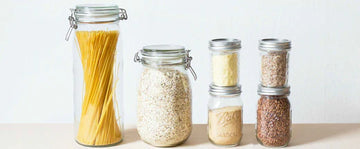
5 simple strategies for an organized pantry
Having an organized pantry has so many benefits. It means significantly less food waste, allows for quicker meal prep and it promotes healthier eating. The good news is that achieving a food storage space that is functional and beautiful is not as difficult as you may think.
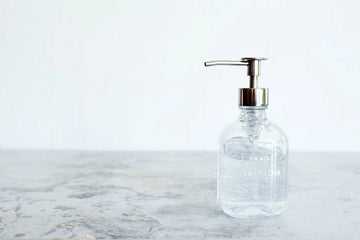
How to make your own hand sanitizer
Hand sanitizer is surprisingly easy to make with only a few household ingredients.
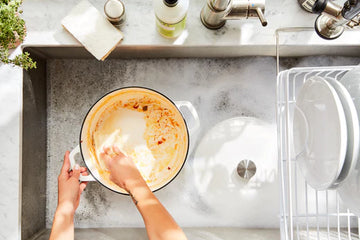
How to clean & season a cast iron Dutch Oven
Like with any cookware, there are times when your Dutch oven might get a little sticky, scorched or stained, but taken care of properly, your cast-iron cookware should last you well into the future.

Recyclable, compostable, biodegradable: what's the difference?
Having a good handle on what’s recyclable, compostable, and biodegradable is just one way you can set yourself up to make decisions that are good for you and the planet.
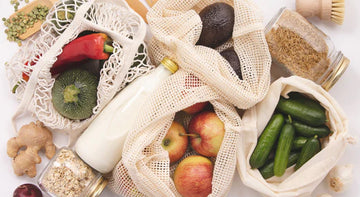
The problem of food waste (and what you can do about it)
There are few things quite as disappointing as seeing perfectly good food go to waste. Turns out it’s not just regrettable for food lovers, it’s a significant strain on the Earth, too.
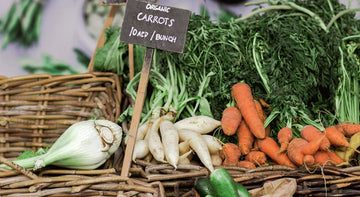
3 very good reasons to start shopping locally
When it comes to buying groceries and other goods from your local businesses, your dollar goes further than you think.

A guide to fresh home-grown herbs all year long
All the information you need to start growing a window box garden filled with fresh herbs for your favorite dishes.
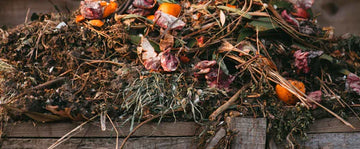
6 top tips on beginning your composting journey
Composting at home has become a great way to fertilize your garden while cutting down what goes into landfills. Here’s a quick guide and six tips to get you started on composting. It’s easier than you think.

How to get your garden ready for spring
By April spring is in full swing and it’s the perfect time of year to start planning your garden. So while the April showers come down, get started with these simple steps that will help put a smile on your face as you watch your garden come together.
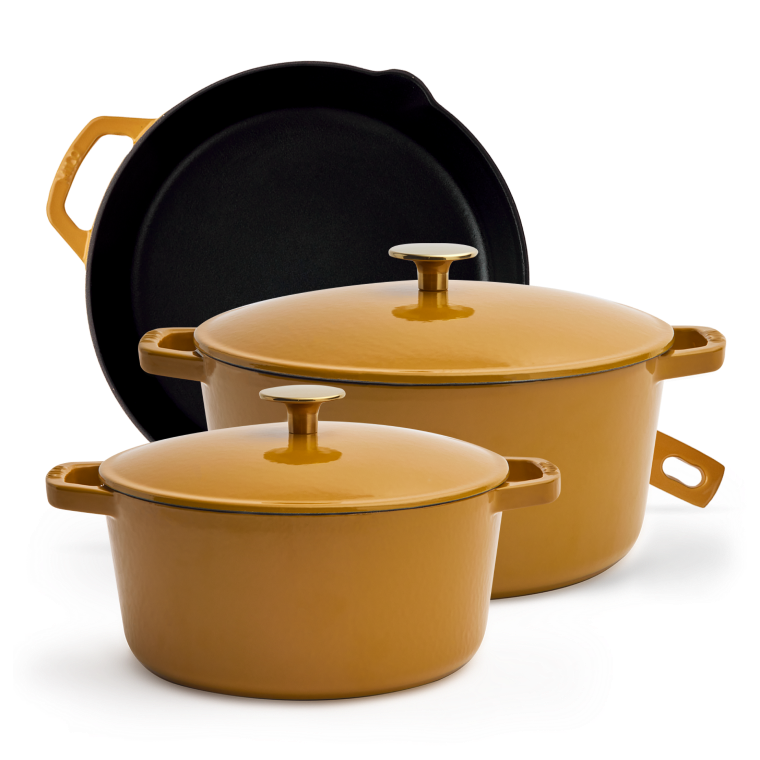
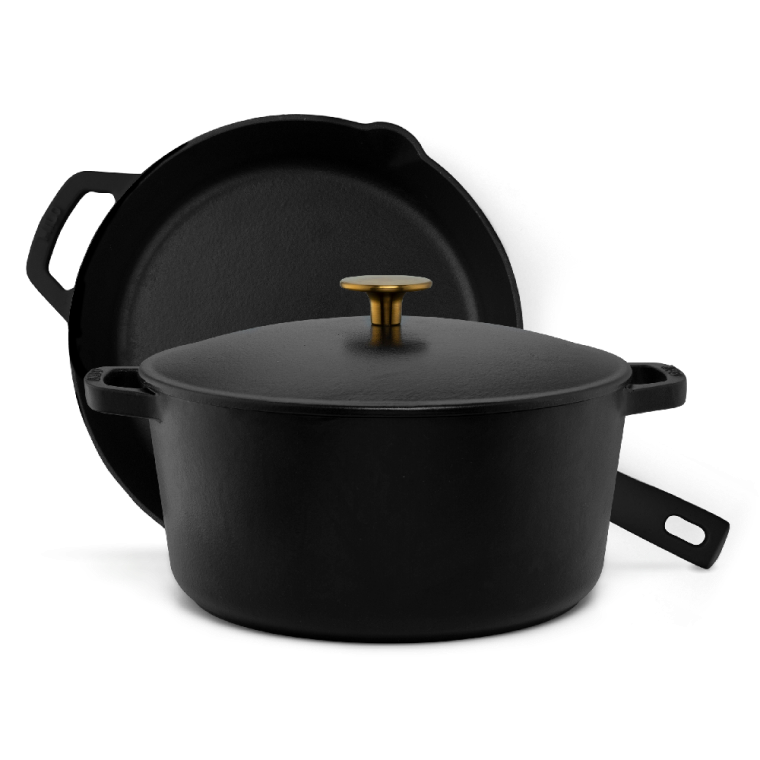

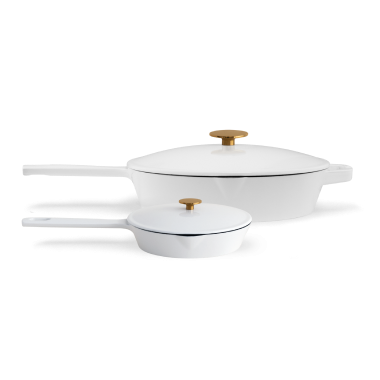


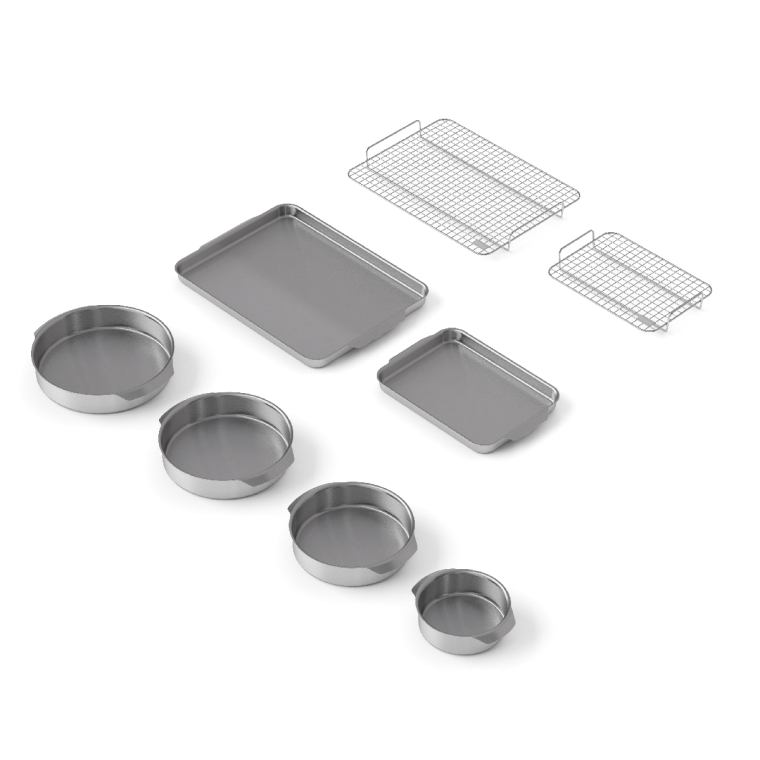
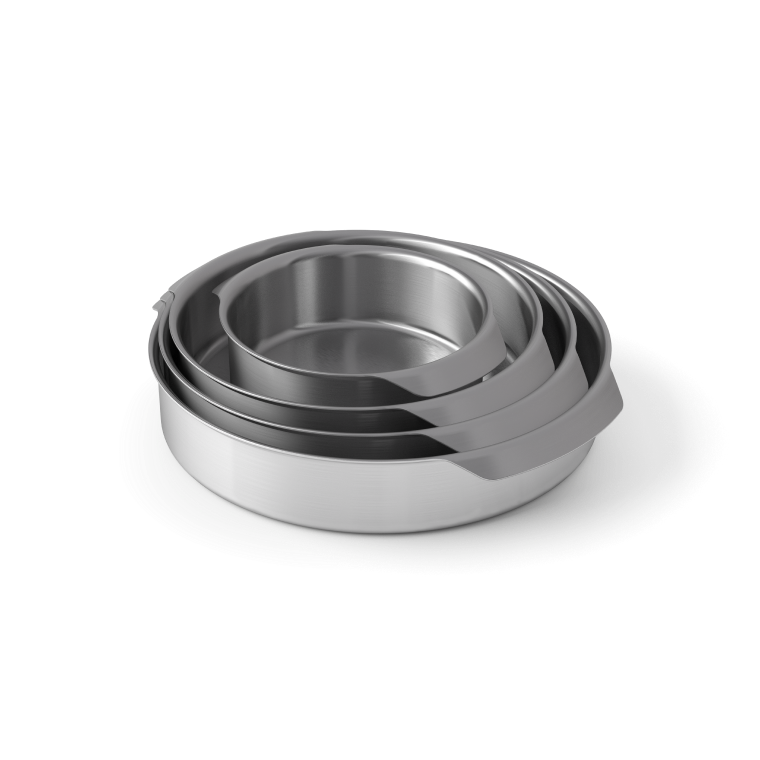








 Parchment Paper
Parchment Paper

